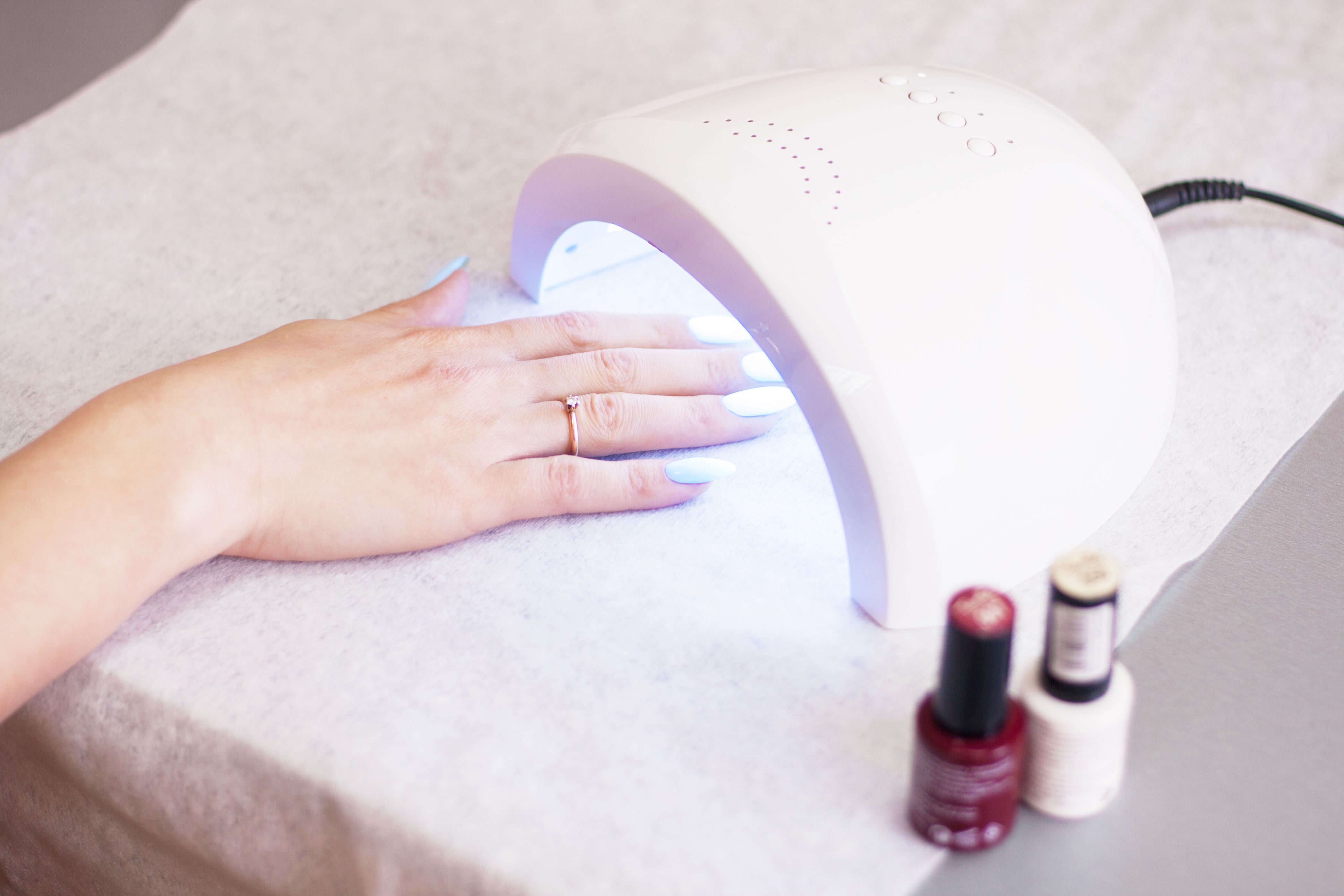

613 764 0703
ABOUT
I am a Certified Nail Technician, as well as an Ear and Nose Piercing Specialist. I graduated from Gina's College of Advanced Esthetics in 2008, and am certified in the Inverness Safe Piercing course (2011).
I strive to give my clients a friendly and relaxing service with knowledgeable experience. I pride myself on ensuring that my clients natural nails are kept healthy and strong, as well as using only the best products in the industry by Creative Nail Design.
My salon is run out of a private room in my home with it's own entrance, and passes a yearly inspection with the Eastern Ontario Health Unit.
I love what I do, and hopefully you can see my passion in my work. All of my nail art is done freehand, and any new ideas or designs are more than welcome! If you would like to see more of my nail art, please visit my Facebook Business Page, or if you have any questions or concerns, you can email me!
Thank you, Jodi
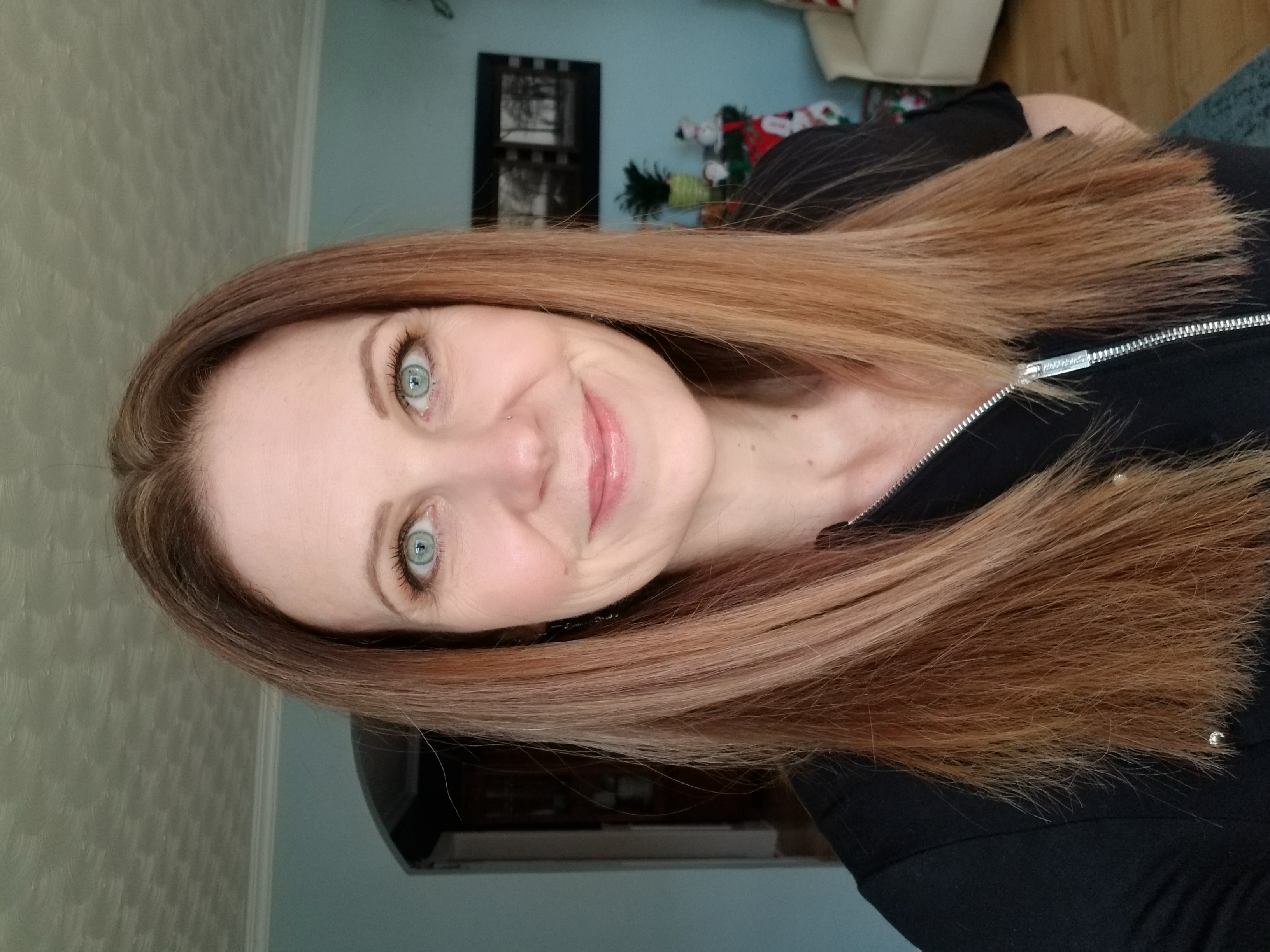
Contact Me
I do not answer my phone when I am with a client. Feel free to leave a message with your name and phone number, or send me an email. Thank you!
HELPFUL INFORMATION ON NAILS

Basically the size and structure of the molecules make a difference in hardness and durability of the nail enhancement.
How they cure or harden.

What's the Diffence between Tips and a Sculpted Nail?
These terms simply refer to how the extension (or length) of the nail enhancement is created.
Sculptured nails are created by applying forms to the end of the finger. The forms are removed once the nail enhancement has been sculpted. Then the nail enhancement is filed and finished.
Tips are glued to the edge of the natural nail.
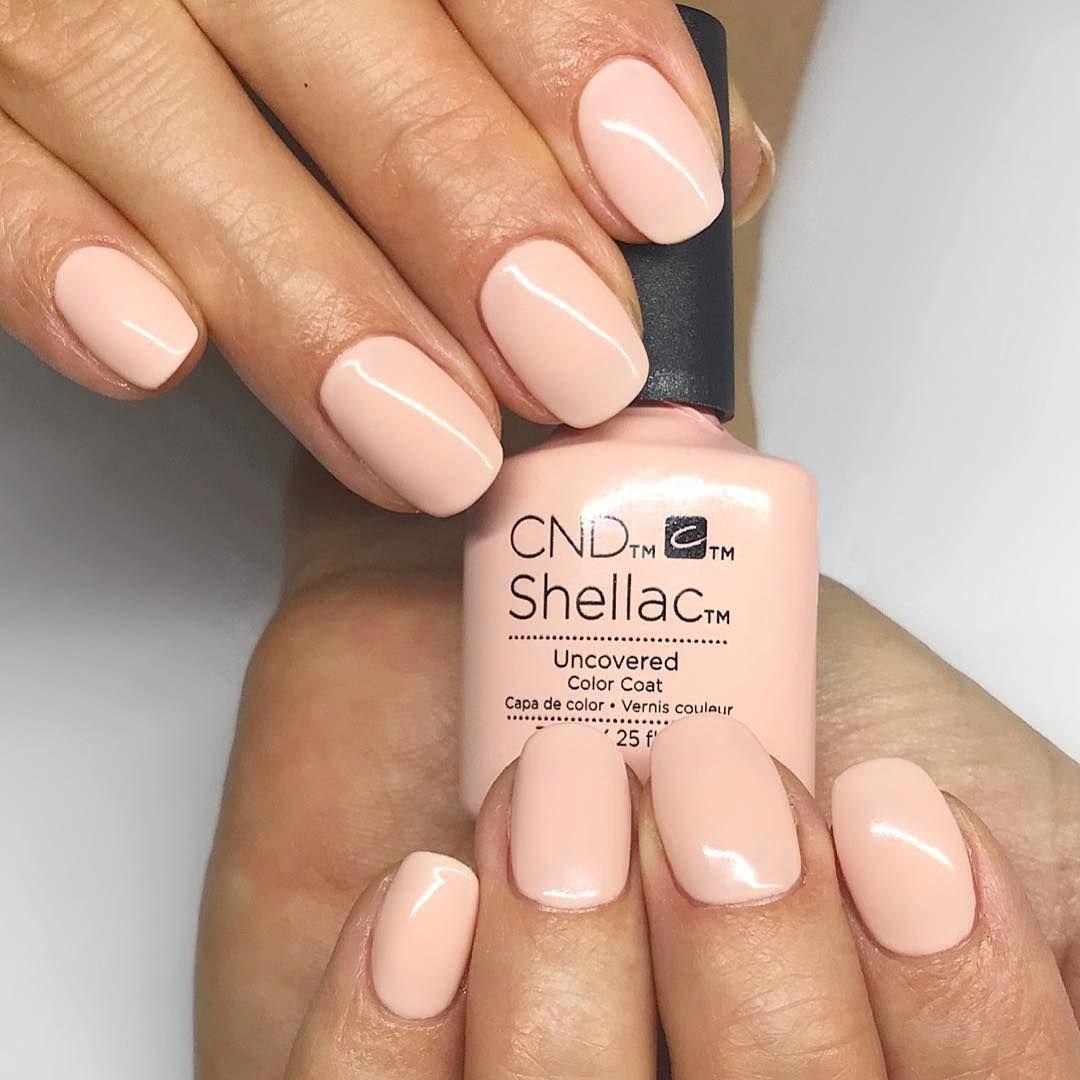
Shellac GEL POLISH
Jodi's Nail Spa carries the first hybrid nail color created by CND after nearly five years of development in its state-of-the-art laboratory. Now you can say good-bye to chips, smudges, and dry time and say hello to Shellac™ Hybrid Nail Color! This revolutionary product applies like polish, wears flawlessly for 14 days of high gloss shine, and is removed in minutes.
Shellac paints on like polish – base coat, color, top coat – and is cured in a UV light so there is zero dry time. Shellac also doesn't require ANY filing or buffing of the natural safe, so Shellac is even safe for children. The colors are hypo-allergenic, and “3-Free” – no formaldehyde, toluene or DBP.
The formula is thin and flexible like polish, so it not only looks natural, it provides strong natural nail protection with a resilient mirror finish that resists dullness and chipping, even during the most rigorous activities. As amazing as Shellac is on, removal is just as satisfying! No soaking, drilling or filing is necessary. Ten minutes of removal time in exchange for two weeks of perfect color is all it takes. Say good-bye to manicure frustration and hello to pure manicure satisfaction.

Artificial Nails Under 16
My salon will not apply artificial nails on anyone under the age of 16. My insurance does not cover this service.
As a teenager, there are more hormones that causes the natural nail to be more oily. A nail technician would need to over file the nail to ensure the products adhere. This causes unnecessary damage. Often artificial nails "pop" off more easily which also causes more damage.
A Shellac manicure is a better option as there is no filling on the natural nail.
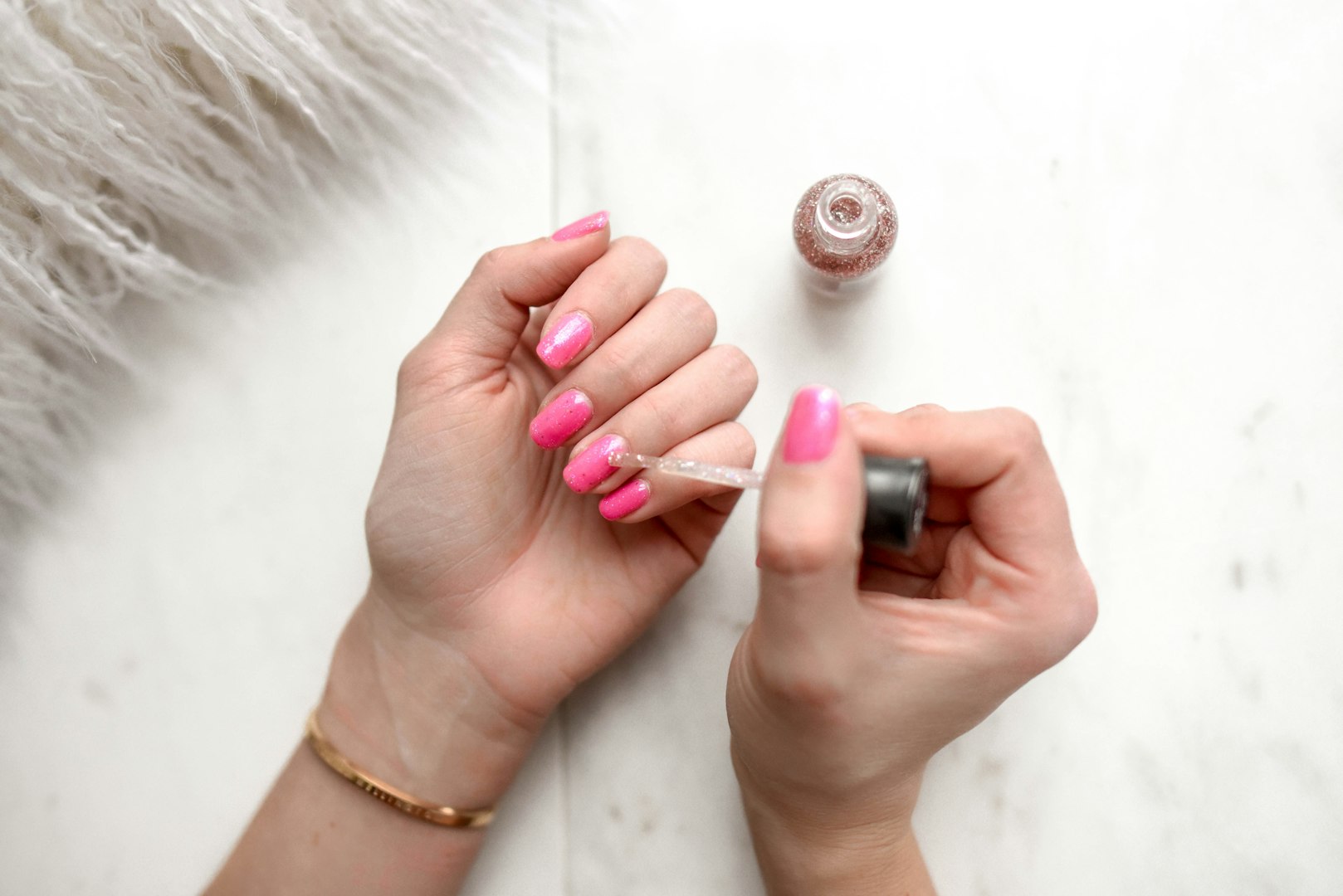
Maintaining Your Nails
Natural nails as well as nail enhancements (know as artificial nails) need a sufficient amount of maintenance between professional salon appointments.
Rely on professional treatments to start and help keep you on a program of proper nail care.
Rely on your physician for local diseases and injuries to your nails.
Keep your appointments for fill-ins on nail enhancements every 2–4 weeks, depending on your nail growth. This will keep your nails looking perfect and help to avoid problems.
After 3 weeks of growth, the tip of your enhancement will become heavy, with no support in the new growth area; you will have more chances to hurt your real nails.
Put cuticle oil on your cuticles and under free edge of your natural nails twice a day, especially in the evening before bed to keep your cuticles and nails moist. Apply lotion or cream to your hands over the cuticle oil. This
will help to prevent natural nails from splitting or enhancements from lifting, and your hands looking healthy and beautiful.
Avoid nail biting and thumb sucking, as you may cause lifelong damage to your nails.
If you wish to have your enhancements removed, consult with your nail technician, who has the proper tools and/or soaking products for safe removal. Never pry or pick them off.
To guarantee success with nail enhancements or even if you were trying to grow your own, following these
helpful guidelines will help you avoid nail breakage problems:
-Use your knuckles on elevator buttons.
-Use the pads of your fingers to pick things up.
-Use a knife to aid you when opening boxes or cartons.
-Use the sides of your fingers to open car doors or drawers.
-Never clip or cut your enhancements, instead use an emery board to change the length of your nails. Holding the file at an angle under the free edge only.
-Use a toothpick, nail brush or an old tooth brush to clean under your nails after bathing or dishes. It is best to stay away from metal tools.
-Be very careful when making beds and handling heavy wet bath towels.
-Keys, pens, or spoons are great for opening pop cans.
-Scratch soap before putting on the gloves, to go out to the garden, it stops the dirt from getting in deep and easy to clean out after.
ENJOY YOUR NAILS!
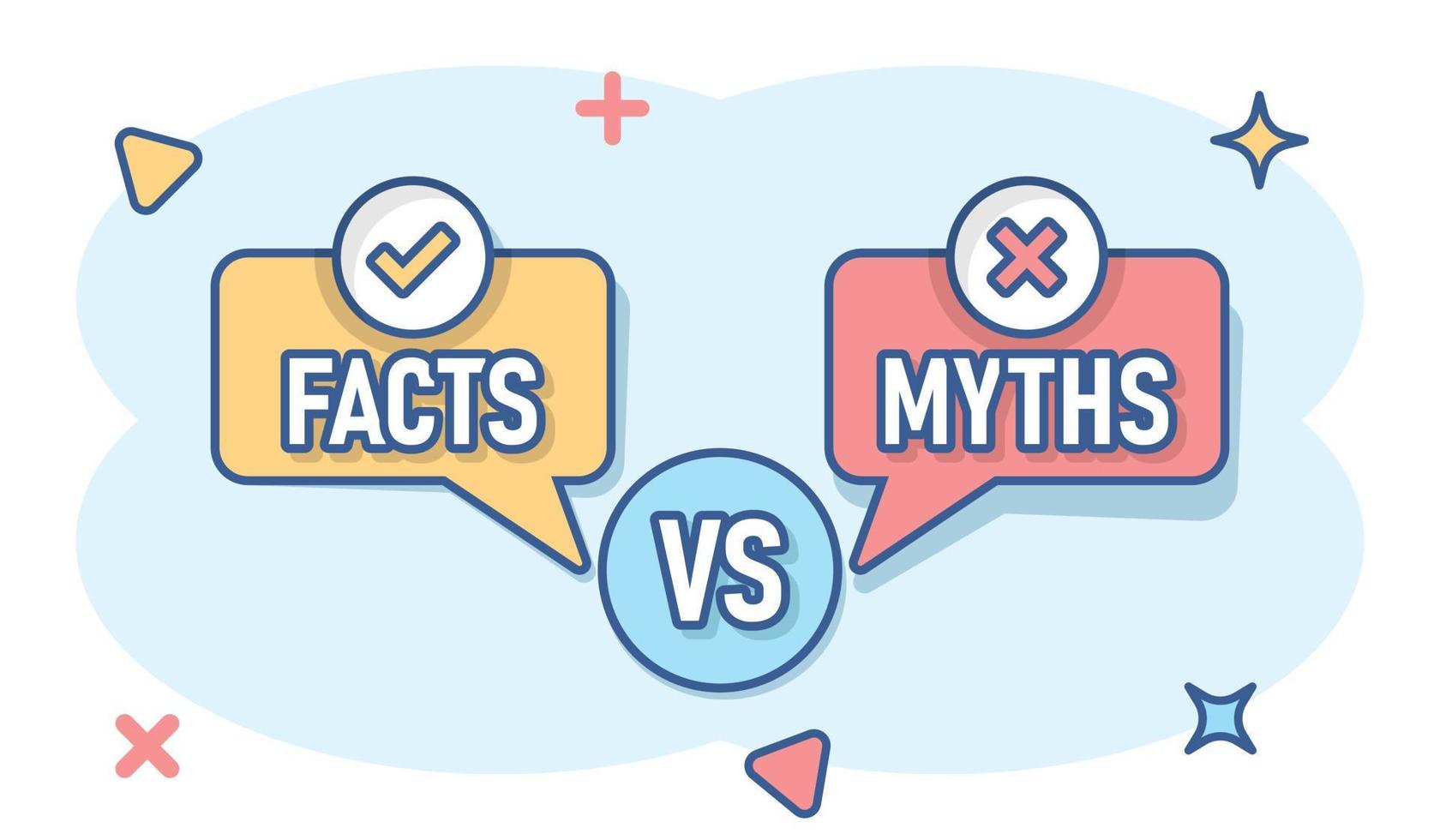
Myths and Facts About Nails
MYTH: “Fake nails” will ruin my natural nails.
FACT: Nail enhancements don’t ruin natural nails – people do. Proper care of your nail enhancements and a knowledgeable technician will ensure your own nails remain healthy during and after your service.
Nail enhancements are applied to the surface of your natural nail only. The products do not penetrate the natural nail or skin or affect the nail matrix (lunula or moon) where the natural nail is created. As you are continually growing a whole new nail every 3-6 months it is not possible for a nail enhancement to cause
“permanent” damage to the nail plate. It is a common misconception that artificial nail products "damage" or "eat" the nail plate.
The “temporary damage” some people may have seen or experienced is usually the result of one of the following:
- Letting nail enhancements “grow out”.
- Going too long between “fills”
- Picking, pulling, prying, clipping, biting, at the nail enhancement.
- Over-filing.
All of these behaviors will compromise the structural balance that is built in to the nail enhancement during the application and filing procedure and can result in lifting and breaking which can leave the natural nail feeling rough, thin, and sensitive.
MYTH: Acrylic nails are hazardous to your health because of the strong odor, dust and because toxins leech into the bloodstream from them.
FACT - Odor - Many believe that "smelly" chemicals must be dangerous. This is quite wrong! A bad smell merely means that your brain does not like the odor. It does not mean the chemical is more toxic or dangerous.
- Dust - A client’s exposure to nail filings is minimal and infrequent. It is mainly the technician who is at risk from frequent exposure to nail dust. But anyone, concerned-client or professional, who is exposed to dust
should take the necessary precautions, such as masks, filters and ventilation, no matter what the source of the dust is.
- Leeching - Artificial nail products polymerize and harden within three minutes. This eliminates the chance of any product penetrating beyond the very topmost of the, approximately, 100 layers of a nail plate.
MYTH: Gel nails are better for your nails.
FACT: The main ingredients use to make each of these (UV Gels, liquid/powder combinations, wraps and no-light gels) are very closely related. In fact, they all come from the same chemical family, the Acrylics. People don't realize that all artificial nail enhancements are based on ingredients from the acrylic family.
It could be argued that UV gels are more damaging since they are more difficult to remove. But remember, no type of artificial nail enhancement product is better for the natural nail or safer to use than others when properly applied by a trained professional.
MYTH: I should take my artificial nails off occasionally to give my natural nails a rest and allow them to breathe.
FACT: Nails don't breathe. Your nail plate is made of approximately 100 layers of dead keratin cells. The oxygen and nutrients your nails require is provided by blood carried through the many tiny blood vessels in your hands and fingers to the nail matrix, under the cuticle, where keratin (a protein) is produced to create the nail. You are continually growing a new nail so your natural nail is completely replaced every 3-6 months. Therefore it is not necessary to allow your nail to ‘rest’ or ‘breathe’ by uncovering them. It is safe to wear nail enhancements for as many months or years as you wish to.
MYTH: Artificial nails cause mold and fungal infections.
FACT: Mold and fungal infections are caused by bacteria picked up from surfaces we touch and may occur with or without artificial nails. These infections are easily prevented by proper hand washing and sanitizing practices.

What to Look Out for in a Nail Salon
Watch for any of the following in a salon.
If you see any of the following violations I recommend that you leave the salon and find another place for service or insist they follow these procedures.
• Salon that does not look clean in general, with any nail clippings, dust or debris on the floor, drawers, tables, or other furniture.
• Salon is using dusty or dirty nail files, buffers and other tools.
• Salon is using products from unlabeled or unmarked containers.
• Salon stores nail files and other tools in a dirty drawer or container.
• Salon is using nail files or other tools are stored in dirty or contaminated- looking solution.
• Salon does not cover or place lid on disinfection containers.
• Restrooms are dirty or unkempt, lack liquid soap and clean towels.
• Nail technicians are using razors on clients feet to remove a callous or thick skin.
• Salon is providing services to clients with infected fingers, nails, toenails or feet.
Be wary of nail technicians or salon service providers who:
• Do not ask you to sanitize your hands or feet before performing any nail or pedicure service.
• Do not sanitize their own hands before performing a nail or pedicure service.
• Provide services that are painful or damages your skin or nails.
• Cannot explain how they clean and disinfect their nail files, clippers, bits, foot spas and tools when asked.
• Do not have a logbook indicating when pedicure foot spas were cleaned and disinfected.
• Use an implement or other object to forcibly remove or “pry off” artificial nails.
• Do not use a clean, freshly laundered or disposable towel.
• Will not show you a current license when you ask to see it.
• Say they are too busy to properly clean and disinfect their tools.
• Stick their fingers directly into jars or containers.
• Do not discuss concerns, ask questions and/or complete consultation before performing services.
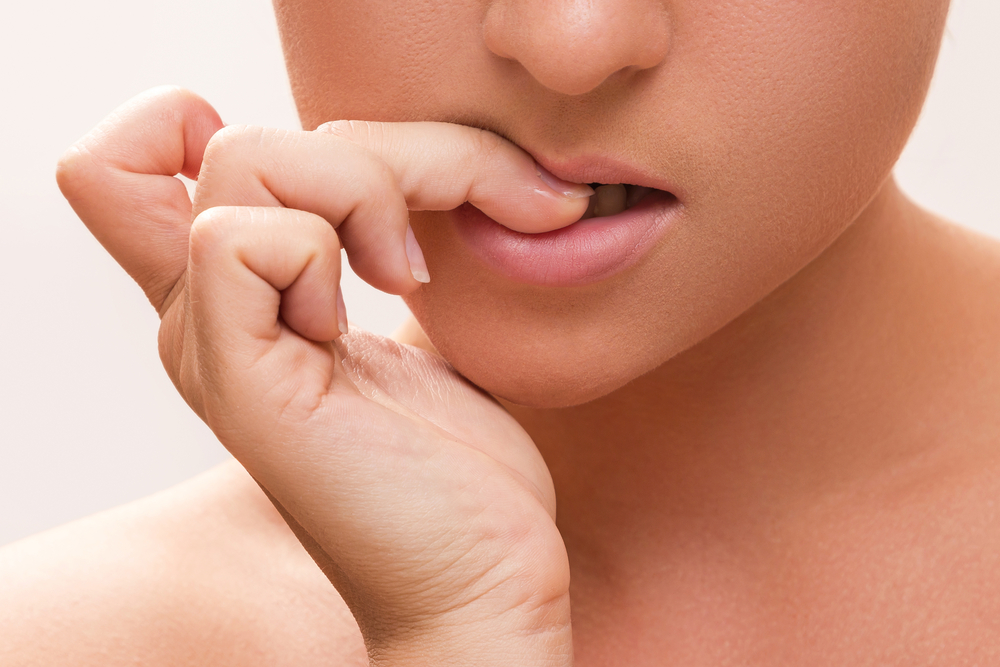
A Habit that's Hard to Break
Why do people bite their nails? Many of them do it for the same reason behind many bad habits. They are bored, nervous or fidgety. Sometimes they do it because their nails are ragged and in a bad condition, so getting rid of them seems like the best option. For most people, nail biting is largely a subconscious habit, something they do without actually thinking about it.
Surveying the Damage. Fingernails can harbor a lot of germs. When a person continuously puts their nails in their mouth, those germs can spread. Along with infections, nail biting can also damage tooth enamel and lead to other dental issues. Unsurprisingly, the main reason people want to stop biting their nails had more to do with appearance than health. Extremely short nails - especially those with bleeding, reddened or broken skin around them - do not look attractive on anyone. People often find themselves putting more energy into hiding their nails than overcoming the habit.
Making changes. Here are some suggestions to get you started:
1) Stand in front of a mirror and chew your nails, looking carefully how you appear, what faces do you make? Do you see what other people are seeing?
2) Keep a daily record that notes when, where and/or with around whom you bite your nails so you can pinpoint any patterns. Once you become aware of your routines, you can begin to actively prevent them. For example: If you realize that you chew your nails only while you are on the phone with your mother-in-law, then you can keep something next to the phone to distract you when talking to her.
3) Find something else to do. Keep stress balls close to where you most often bite your nails. If you chew them while reading, then keep the balls next to your book. If you chew your nails while on the phone keep them next to the phone. You can also pick up a pencil and doodle or grab some putty and mold it into different shapes. These items will help you keep your hands occupied, thus deterring you from succumbing to the nail biting habit.
4) Aversion therapy is one of the oldest ways to stop nail biting. This therapy involves causing discomfort by
doing something such as making the nails taste terrible so biting becomes associated with an unpleasant feeling. Some people wear rubber bands on their wrists - if they start to bite their nails, they snap the band against their skin; the pain may make them stop biting. Some apply hot pepper or lemon juice to their nails, while others purchase products that are designed to make nails taste foul.
5) Hypnosis tapes and/or therapists for guidance on breaking the habit can be helpful for some clients.
6) Always carry nail clippers with you at all times, these can take care of a ragged nail or hangnail before the temptation to chew takes over.
7) Wearing gloves while at home can help some people. You can also put adhesive bandages on the fingers you chew the most to remind you not to cave in to the urge.
8) Taking care of your nails regularly. Keep your hands and nails moisturized by applying a good lotion
several times throughout the day. File your nails on a daily basis, keeping the edges rounded so they have no tempting sharp points to bite.
9) There are nail enhancement services available for the special needs of nail biters. Many nail biters have found wearing nail enhancements very helpful in ‘kicking the habit’! It may be necessary to keep the nails shorter initially, and they may require more maintenance until the nail has recovered from damage caused by nail biting.
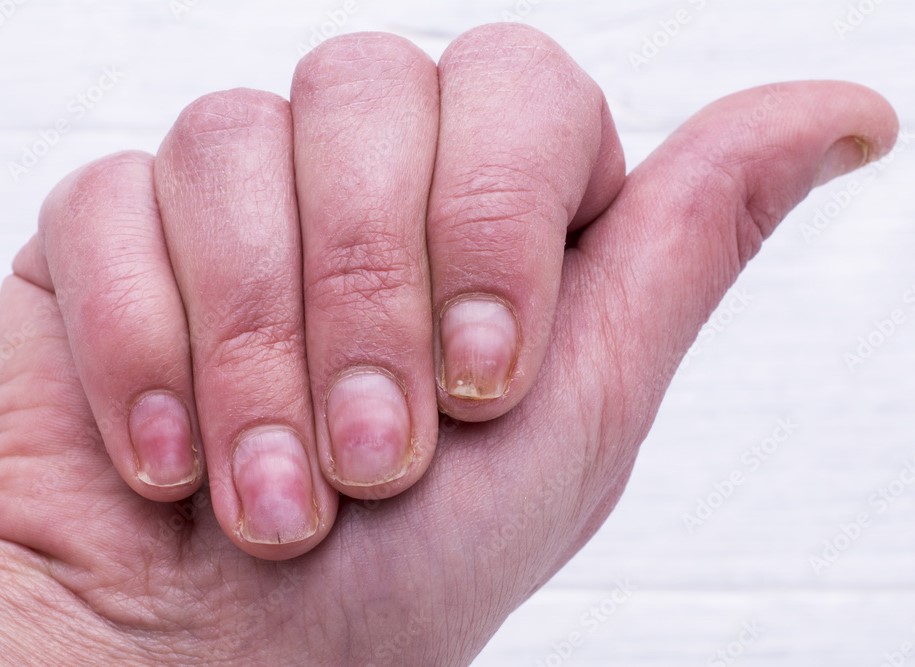
Effects of Over Filing on the Natural Nail
It's been heard so many times before; women complaining about their damaged natural nails “caused by artificial nails.” As an educated nail tech, I know that acrylic (or gel for that matter) is not the issue. A lot of the damage comes from a common malpractice in some nail salons - aggressive filing or drilling on the natural nail plate.
The nail plate is made up about 100 densely packed sheets of flattened cells. It’s a super-tough, non-living structure primarily made up of keratin. It’s also a smooth surface, which is why light filing (to remove the shine) is necessary during prep to ensure adhesion. This light filing only removes 3-5 layers of the nail plate, which is safe and non-damaging.
Aggressive filing or drilling can quickly move through 25-35 layers of nail plate or more! Now, you are applying product to the, spongy porous layers of nail plate. Enhancements will grab the porous layers, like pouring Elmers glue into shag carpet. Pretty difficult to remove Elmers glue from shag carpet, but it comes off linoleum easier. Most filing is done in zone three; the regrowth area with younger, softer cells that have not completely flattened. The cost is the health of the natural nail. Proper preparation of the natural nail includes a number of steps to ensure adhesion. Pitting, etching or drilling on the nail plate is an outdated, damaging,
unnecessary step to natural nail prep.
What Are the Effects?
Here are a few symptoms of aggressive filing or drilling on the nail plate:
#1) Onycholysis: This is the loosening of the nail plate without shedding and it usually starts at the free edge and can continue to the lunula. The nail plate is held to the dermis (or skin) by a groove and rail structure. That is how it stays on track as it moves or grows. Aggressive filing or drilling can dislodge the plate from the groove and rail structure, leading to Onycholysis. Onycholysis can lead to secondary infection and in severe cases, lead to nail bed scarring.
#2) Splinter Hemorrhage: This is caused by physical trauma, which can include aggressive filing or drilling on the natural nail. Under the nail plate, the nail bed contains blood vessels which carry nutrients and oxygen to the nail bed, as well as remove toxins. When the nail plate is damaged (in this case by aggressive filing or drilling) the blood vessels can leak blood into the nail bed - staining the nail bed in a vertical direction. The blood stain may last long after the trauma has healed.
#3) Rings of Fire: These are red, painful patches that develop on the nail plate from aggressive filing or drilling on the natural nail. Rings of fire are more commonly found in zone 3 (around the cuticle) when caused by drilling. When used at an angle in the cuticle area, the edge of the barrel bits cuts into the natural nail – ouch!
NEVER let anyone use a drill (aka electric file) on the natural nail. Even with a light abrasive, they are simply to powerful and run at high RPMs. Only files on the natural nail with a light hand using a 180-grit file or higher should be used. A lower grit is too abrasive for the natural nail and should only be used to shape or remove acrylic or gel product.
